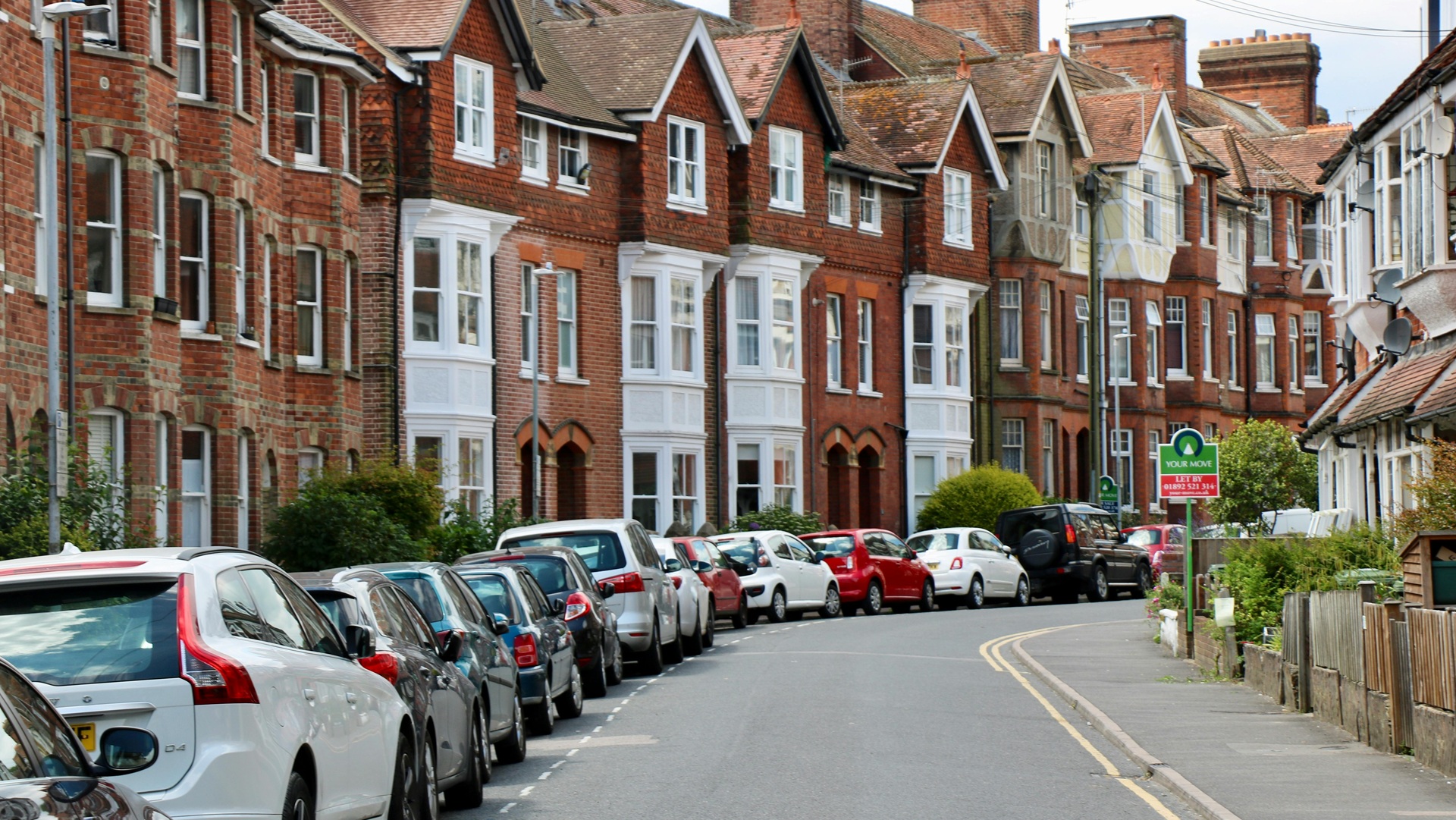“It’s interesting that – despite big increases in interest rates recently – we have not seen a significant fall in house prices, which I think indicates the degree of pent up demand from people wanting to buy. We know that there has been a huge increase in the number of young people living with their parents over the last 20 years.
“It’s also worth noting that house prices are – by definition – the price that someone is able and willing to pay. But in many areas this will not be a first-time buyer with a small deposit. This means we have a very unequal situation where many young people without parents willing and able to provide significant financial support are unable to buy a home of their own. The figures highlight the urgent need to increase housing supply across much of the country.”
But it is London where the house-owning dream is most out of reach.
The average home in the English capital was not affordable for any household income, according to statisticians.
“London thrives on its vibrant mix of people, but the latest ONS Housing Purchase Affordability stats confirm what many already know: the capital is increasingly out of reach,” said Fiona Fletcher-Smith, chair of the G15 and chief executive of L&Q housing association.
“The average home is now unaffordable for most, forcing families into costly private rentals and leaving key workers and young families stuck on social housing waiting lists for years. This exclusion undermines both London’s social fabric and its economic resilience.
“To address this, we urgently need more affordable, socially rented homes. Housing associations stand ready to work with the government, but key policy changes are critical – these include a decade-long rent settlement, rent convergence and the full allocation of the Building Safety Fund to not-for-profit housing associations.”
Homeownership has long been considered unrealistic for many with scores of households trapped paying sky-high rents instead and an increasing number living in temporary accommodation.
Labour has pledged to make housing affordable, making a series of planning reforms and setting mandatory housing targets to deliver 1.5 million new homes while in power.
While an influx of new homes, particularly sought-after social housing, may provide a long-term solution, homes remain unaffordable in the short-term.
That is particularly true for households on low incomes.
An average-priced home in England is 18.2 times the income of households in the lowest 10% of incomes, compared with 12.3 times in Scotland, 11.2 times in Wales and 9.3 times in Northern Ireland.
Meanwhile in London – the heart of England’s temporary accommodation crisis – households on the lowest incomes would need 35 years of average disposable household incomes to own a home of their own.
That’s hurting London’s economic growth, according to city mayor Sadiq Khan.
Research commissioned by City Hall, London Councils, Trust for London and the G15 last month found that knocking 1% off house prices could provide a boost of £7.3bn to London’s economy over a decade.
Khan said: “A lack of affordable homes is having a profound and devastating effect in every corner of our capital, impacting every part of our progress.
“It’s creating intergenerational inequality like we’ve never seen before. It’s shattering one of the bedrock principles Britain was built on: that if you work hard, you get ahead. And it’s having far-reaching implications for the demographics of our country and our capital.”
Do you have a story to tell or opinions to share about this? Get in touch and tell us more. This Christmas, you can make a lasting change on a vendor’s life. Buy a magazine from your local vendor in the street every week. If you can’t reach them, buy a Vendor Support Kit.









